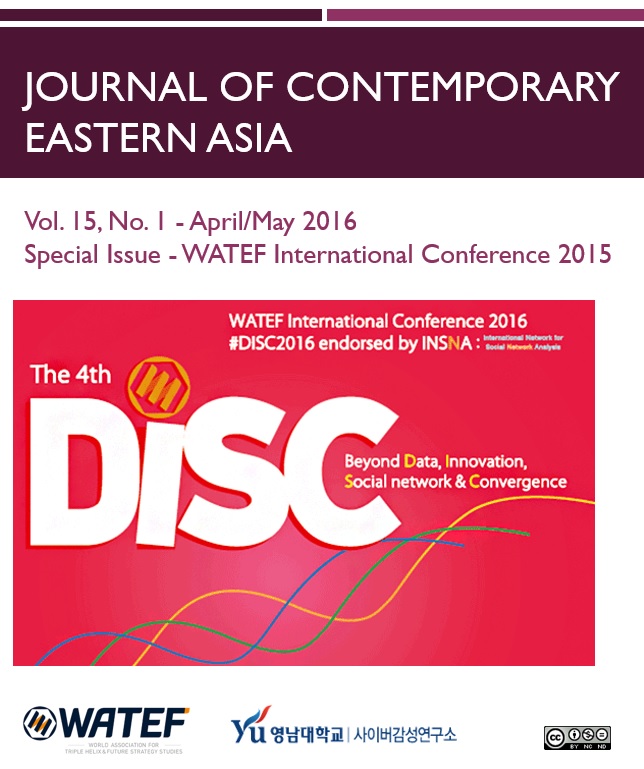- KOREAN
- E-ISSN2383-9449
- SCOPUS
 E-ISSN : 2383-9449
E-ISSN : 2383-9449
Article Contents
- 2024 (Vol.23)
- 2023 (Vol.22)
- 2022 (Vol.21)
- 2021 (Vol.20)
- 2020 (Vol.19)
- 2019 (Vol.18)
- 2018 (Vol.17)
- 2017 (Vol.16)
- 2016 (Vol.15)
- 2015 (Vol.14)
- 2014 (Vol.13)
- 2013 (Vol.12)
- 2012 (Vol.11)
- 2011 (Vol.10)
- 2010 (Vol.9)
- 2009 (Vol.8)
- 2008 (Vol.7)
- 2007 (Vol.6)
- 2006 (Vol.5)
- 2005 (Vol.4)
- 2004 (Vol.3)
- 2003 (Vol.2)
- 2002 (Vol.1)
Duggan, Niall
Abstract
Even though Sino-American relations of the Donald Trump era were perceived as predominately confrontational, with a symbolic trade war between the two, the scale of economic interdependencies between the United States and China results in either a need for collaboration or in serious losses on both sides in the case of lack of cooperation. The paper aims at analyzing economic relations between the United States of America and the People's Republic of China at the time of the Trump presidency. Analysis is based on the complex interdependence theory of Robert Keohane and Joseph Nye. The main hypothesis analyzed in the paper states: Asymmetric interdependence between the People's Republic of China and the United States of America limits the scope, intensity and length of a trade war. For the sake of the paper, economic interdependence will be analyzed. Apart from the reference to the state of the art, the document analysis and descriptive statistics are to be applied in the paper.
- keywords
- China, United States, complex interdependence, Donald Trump, trade war
- Downloaded
- Viewed
- 0KCI Citations
- 0WOS Citations
